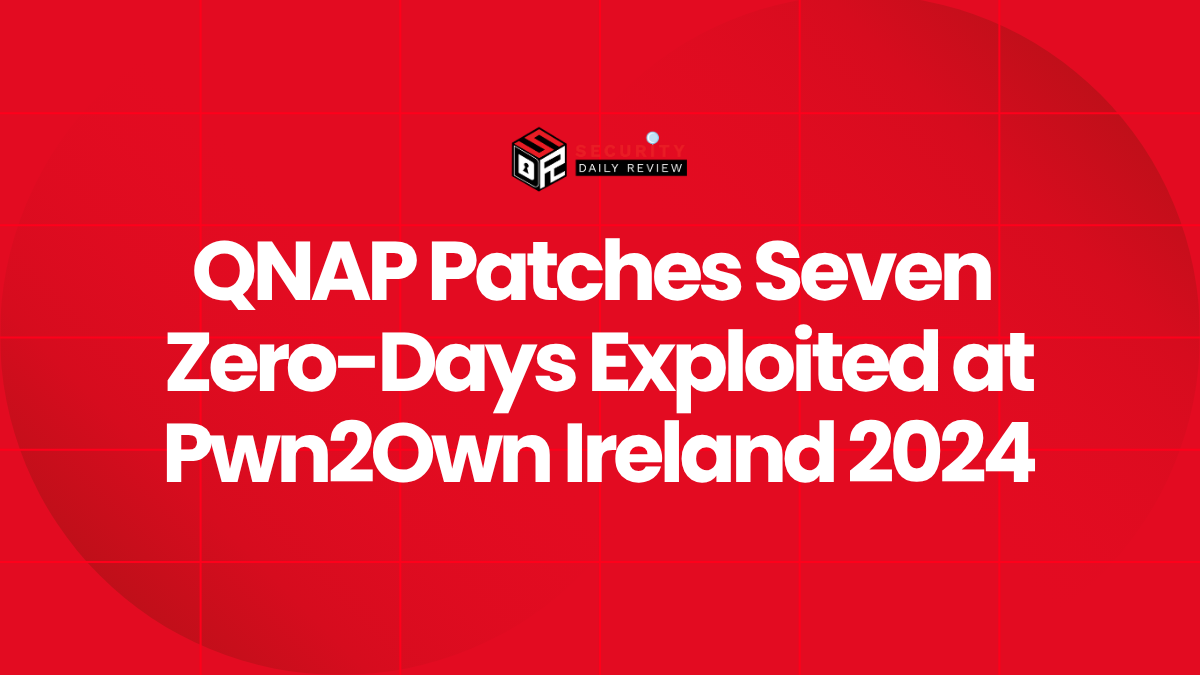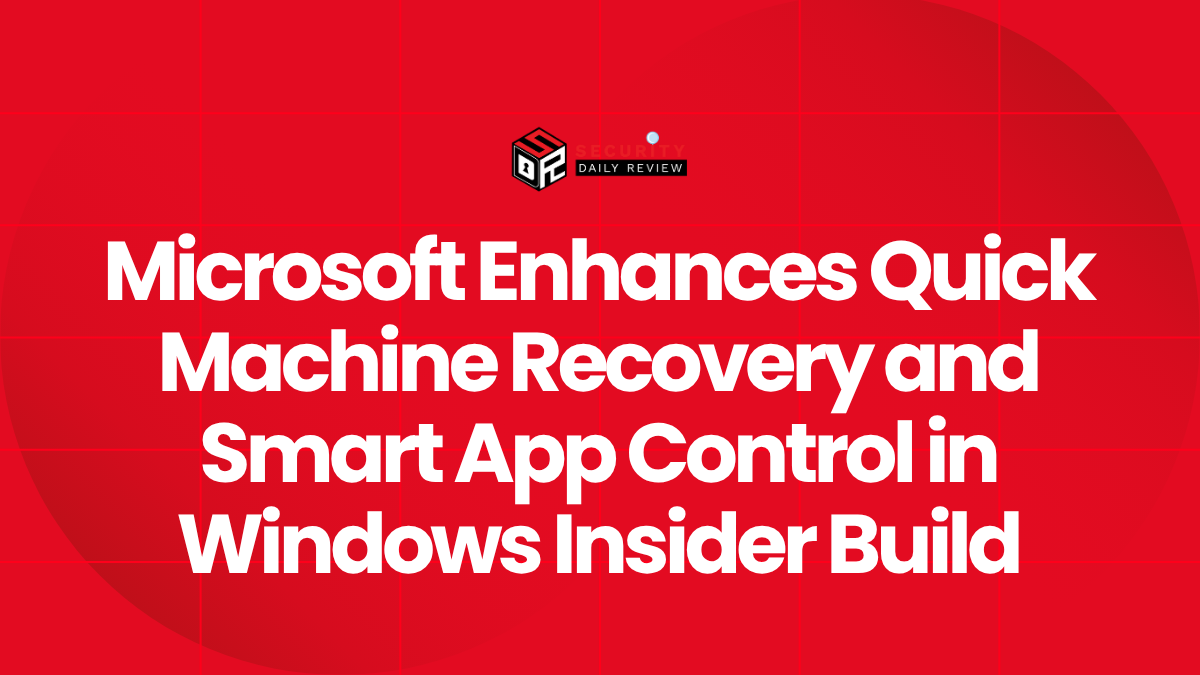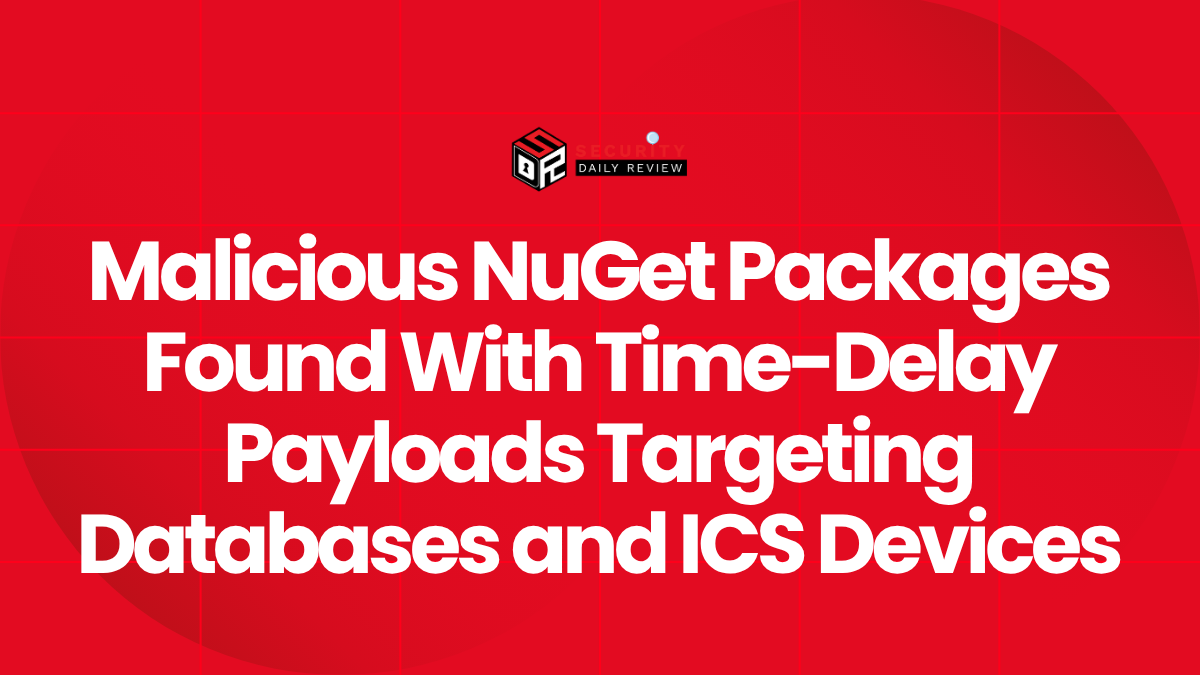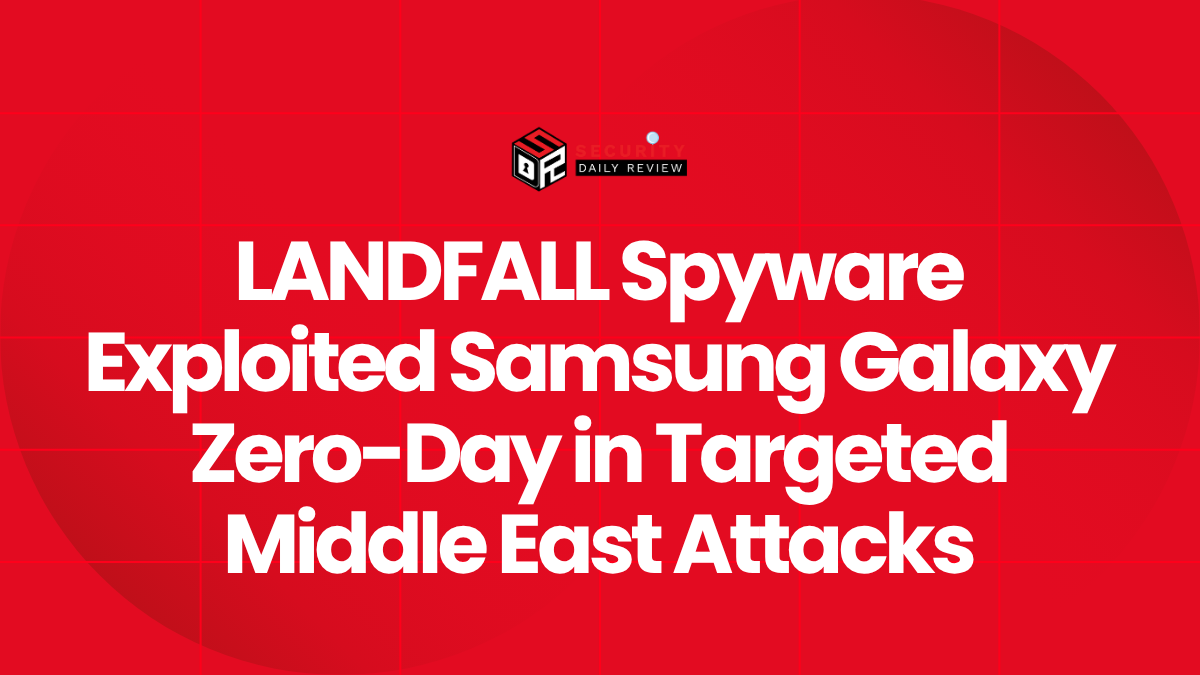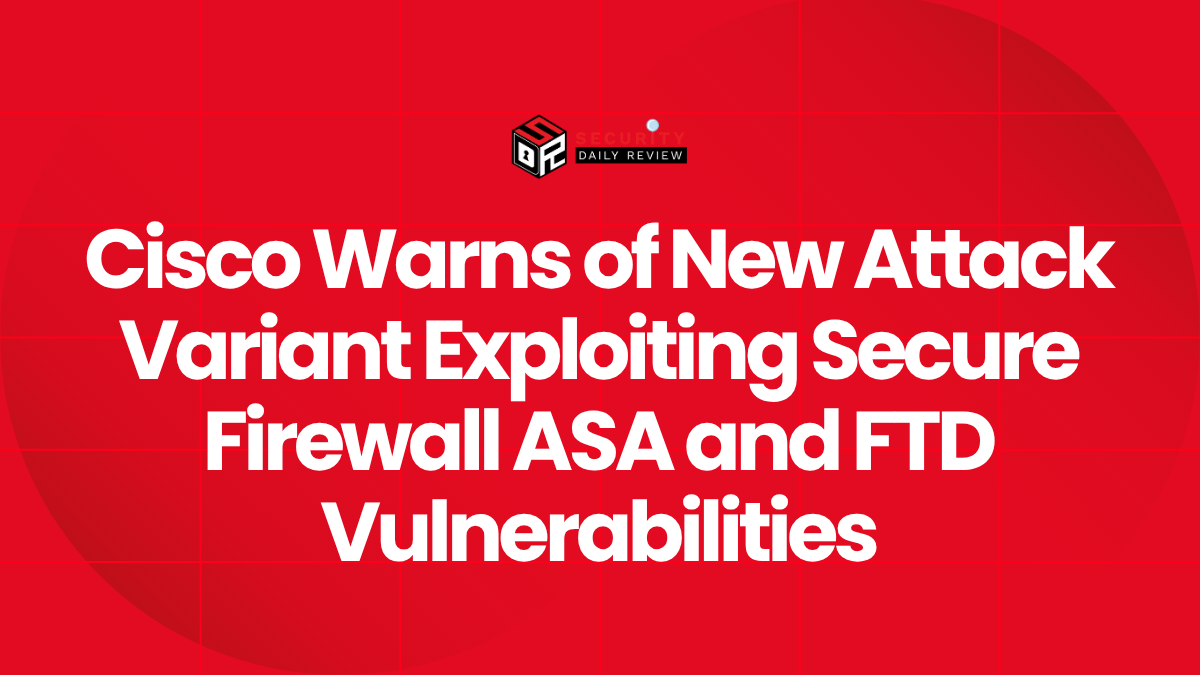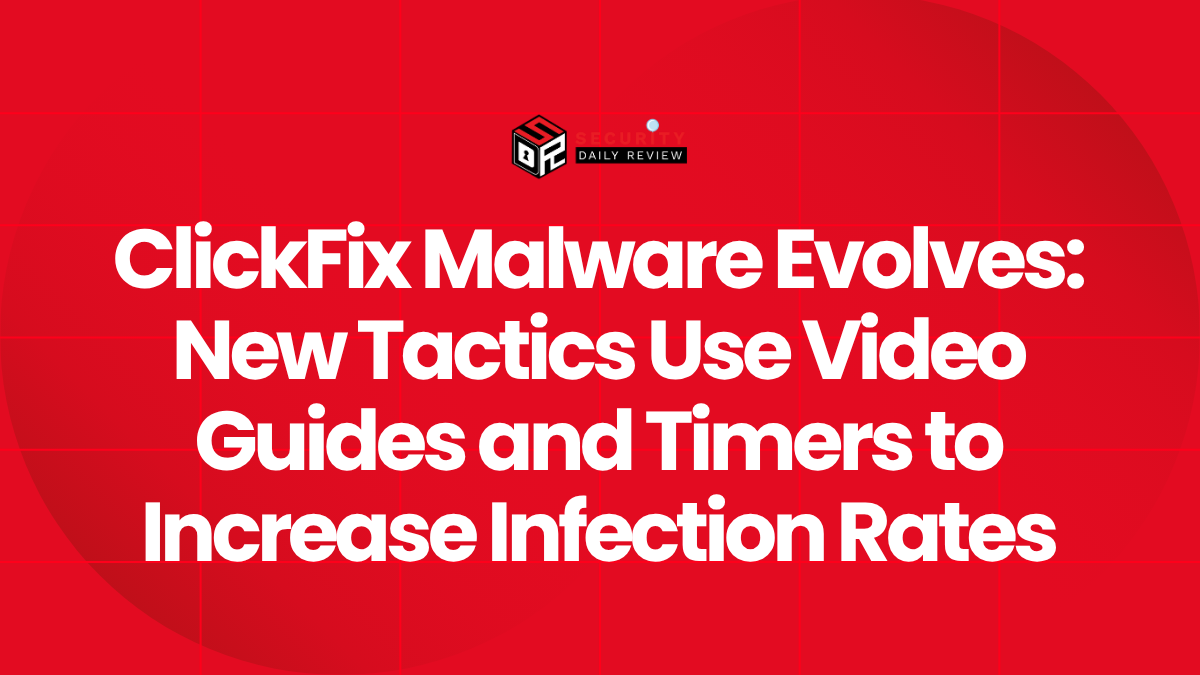QNAP Systems, Inc. has issued patches for seven distinct zero-day vulnerabilities that were exploited by security researchers at the 2024 Pwn2Own Ireland hacking competition. The vulnerabilities, many of which enabled remote code execution (RCE), directly affected QNAP’s network-attached storage (NAS) devices. Following these public demonstrations, QNAP acted quickly to mitigate the risks by releasing security updates to its customers.
The high-profile competition, organized by the Zero Day Initiative (ZDI), is widely regarded as a proving ground for discovering zero-day vulnerabilities in major software and hardware platforms. This year’s Pwn2Own event saw researchers target various Internet of Things (IoT) devices and NAS appliances, including QNAP’s product lineup.
Exploits Demonstrated by Security Researchers Drove Fast Remediation
QNAP’s NAS devices are widely used in both consumer and enterprise environments for data storage, remote access, and file sharing. Given their exposure to the internet and valuable data storage role, these devices are an attractive target for cybercriminals and ethical hackers alike.
QNAP Device Hacking Was a Highlight of Pwn2Own Ireland
The vulnerabilities in QNAP’s devices were successfully exploited during real-time demonstrations under the controlled settings of the Pwn2Own competition. Every exploit submitted under Pwn2Own must demonstrate successful compromise using previously unknown (zero-day) bugs.
Key teams including DEVCORE and The Synacktiv Team showcased exploits enabling:
- Unauthenticated remote code execution
- Privilege escalation from standard users to root
- Manipulation of device functionalities without user interaction
ZDI, which coordinates disclosure and works with vendors post-event, informed QNAP of the vulnerabilities immediately following the event. The company rapidly triaged the disclosed issues, began root cause analysis, and rolled out patch releases for affected devices.
Breakdown of Patched Vulnerabilities and Their Severity
The Pwn2Own-discovered vulnerabilities spanned multiple components of QNAP’s NAS firmware, including the web management interface and various backend services.
Summary of Disclosed Vulnerabilities
Although QNAP has not published detailed technical advisories for all seven issues (to avoid potential exploitation for unpatched devices), the following descriptions summarize the impact and root causes as made public by researchers:
- Unauthenticated Remote Code Execution via Web Interface
Exploits demonstrated the ability to achieve arbitrary code execution through the web interface component without authentication.
- Command Injection Vulnerabilities
Several vulnerabilities stemmed from improper input sanitization within web form handling, leading to remote command injection.
- Privilege Escalation through Misconfigured Permissions
Some bugs allowed an authenticated but low-privilege user to escalate access to system or root-level permissions.
- Insecure Default Configurations
The testing uncovered cases where default system settings facilitated lateral movement or privilege abuse.
Security experts emphasize that while the flaws are now patched, the combination of remote access and root-level compromise makes these vulnerabilities critically dangerous for unpatched systems.
Vendor Response and Security Update Guidance
QNAP acknowledged the vulnerability reports and credited the Pwn2Own 2024 researchers for responsibly disclosing the issues. Security fixes have been made available through regular firmware updates across QNAP product lines.
QNAP Provides Firmware Updates to Address All Seven Bugs
In its advisory, QNAP urged all users of NAS devices to:
- Update to the latest QTS and QuTS hero firmware versions immediately
- Disable unnecessary remote access services if not in use
- Regularly monitor system logs for unauthorized access patterns
- Configure firewall rules to limit administrative access to trusted IP addresses
The company’s quick turnaround in issuing patches has been positively received by the cybersecurity community. However, researchers also advocate for QNAP and similar vendors to implement secure development lifecycle (SDL) practices more rigorously, particularly for products handling sensitive or business-critical data.
Lessons Learned for NAS Device Security
The recurring success of exploit demonstrations against NAS platforms during Pwn2Own highlights a broader concern in the cybersecurity industry: insecure defaults and lack of hardening in complex embedded systems.
Security Implications for Enterprise Environments
QNAP devices, frequently deployed in small and medium-sized business networks, often act as entry points or lateral movement brokers in larger attack chains. When vulnerabilities such as these go unpatched—or worse, undiscovered—they pose risks beyond data loss, including ransomware deployment and infrastructure takedown.
Mitigation strategies for enterprise NAS owners should include:
- Zero trust network segmentation
- External monitoring or intrusion detection system (IDS) integration
- Secure firmware validation during procurement processes
As interest in exploiting IoT and NAS devices grows within both the offensive research and cybercriminal communities, events like Pwn2Own continue to play a pivotal role in driving vendors toward better security practices.
With these vulnerabilities now mitigated, organizations relying on QNAP solutions are advised to review their current deployment architectures and incident readiness in the wake of these disclosures. Proper vulnerability management, including prompt patching and continual risk assessment, remains the best defense against zero-day threats that emerge from responsible disclosures.

